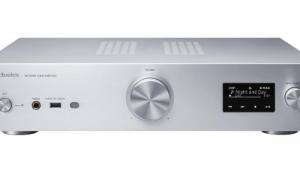How to Buy HDTV Page 6
| >> Resolution Basics |
| A digital TV's vertical resolution is given as the number of horizontal scan lines, or rows of pixels, from top to bottom of the screen. Its horizontal resolution is the maximum number of discernible vertical lines, or columns of pixels, from left to right across a screen width equal to the height of the picture. (This keeps widescreen sets from having higher resolution than sets with the squarer 4:3 aspect ratio simply because of their shape.) One of the two commonly used high-def signal formats is 720p (progressive-scan), which has 720 lines of vertical resolution. There are 1,280 dots, or pixels, in each widescreen line, giving it a horizontal resolution of 720 pixels when the width is limited to the height. The other is 1080i (interlaced), which has 1,080 lines with 1,920 pixels per widescreen line, or 1,080 pixels horizontally when similarly limited. By contrast, traditional 480i TV signals have 480 lines of vertical resolution and up to 720 pixels per line, for a maximum horizontal resolution of 540 lines. It would be nice if all HDTVs had resolutions of 1080i or 720p, but unfortunately the specs can vary a lot - especially among two kinds of fixed-pixel displays, plasma and LCD. Some screens might match up perfectly with one of the high-def formats, but many have native resolutions like 1,024 x 1,024 pixels, so the TVs convert incoming video to match. These models are still considered HDTVs, which have come to be defined as any sets that can display at least 720 lines of vertical resolution. |
- Log in or register to post comments



































































